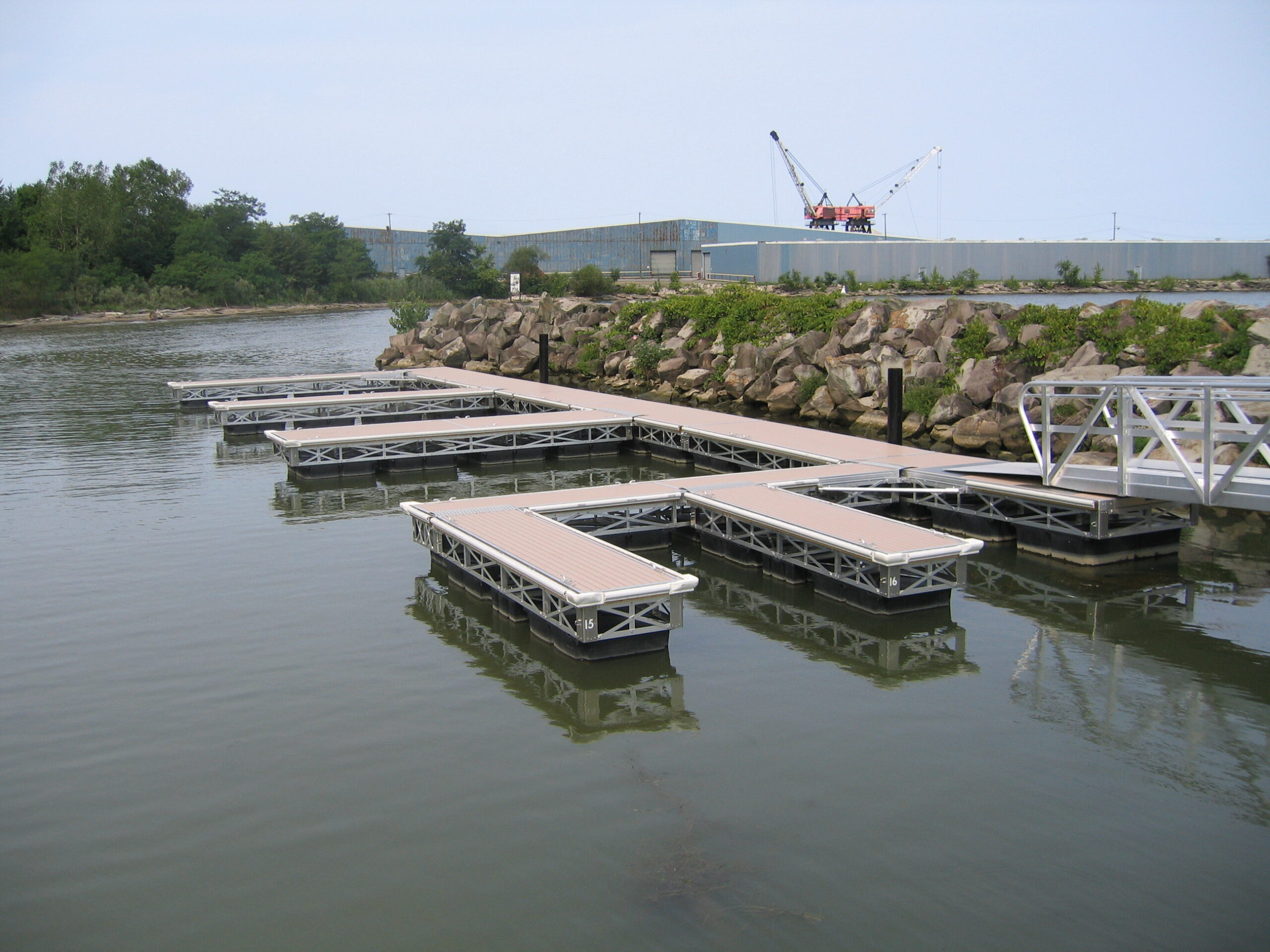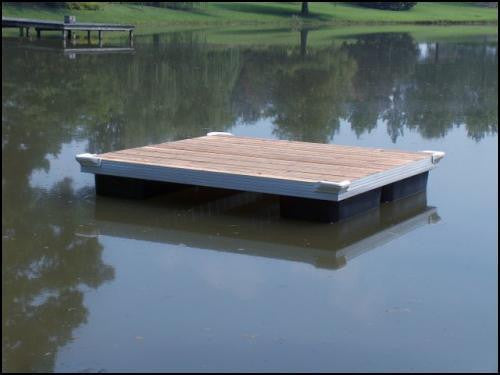Check out the Variety Of Floating Dock Services Designed to Suit Every Seafarer's Needs
Check out the Variety Of Floating Dock Services Designed to Suit Every Seafarer's Needs
Blog Article
Produce the Perfect Docking Option With Floating Docks
Floating docks present a versatile solution for a range of maritime needs, adjusting effortlessly to varying water levels and diverse vessel types. Their modular nature enables for fast setup and relocation, yet the choice of proper products and style attributes is critical for ensuring both capability and visual allure. As we check out the essential aspects that contribute to the efficiency of floating docks, numerous crucial elements relating to stability and maintenance will arise, elevating concerns regarding just how to maximize your docking experience. The subsequent conversation will certainly light up these important considerations.

Benefits of Floating Docks
Floating docks deal numerous advantages that make them an optimal selection for numerous maritime applications. Among the key advantages is their flexibility to transforming water degrees. Unlike fixed docks, floating docks fluctuate with the trend, making sure consistent availability for vessels. This feature is particularly important in locations prone to considerable tidal changes or seasonal water level changes.
Furthermore, floating docks are generally much easier and quicker to mount compared to conventional set frameworks. Their modular style enables uncomplicated setting up and disassembly, helping with upkeep and moving when required. This adaptability is particularly useful for temporary applications or in settings where conditions may transform.
Floating docks likewise tend to be a lot more eco-friendly, as they lessen disruption to the seabed and bordering aquatic communities. Their resilient nature decreases the threat of damage to marine life, promoting a healthier atmosphere. These docks can be tailored to fit various vessel dimensions, ensuring that they meet details functional demands.
Ultimately, the combination of versatility, simplicity of installation, and environmental factors to consider makes floating docks a highly reliable option for a variety of maritime requirements.
Selecting the Right Products
Choosing the suitable materials for floating docks is important to make sure longevity, stability, and longevity. The choice of products straight affects the dock's performance in various environmental conditions, consisting of exposure to water, sunshine, and prospective wear from marine website traffic.
Usual materials utilized for floating docks consist of aluminum, wood, and high-density polyethylene (HDPE) Light weight aluminum is lightweight, corrosion-resistant, and needs marginal maintenance, making it an excellent choice for longevity. Its preliminary expense can be higher contrasted to various other materials.
Wood, while cosmetically enticing and supplying a conventional look, can be at risk to rot and bug damage otherwise effectively treated. Consequently, using pressure-treated wood or normally resilient species like cedar or redwood can minimize these problems.
HDPE is a preferred selection due to its resistance to UV rays and chemicals, in addition to being eco-friendly. floating dock company. It is light-weight and readily available in various shades, enabling for personalization
Ultimately, the appropriate material selection will certainly rely on particular needs, consisting of budget, desired visual appeals, and environmental factors to consider. Mindful assessment of these factors will cause a successful and durable floating dock solution.
Style Considerations for Stability
When designing floating docks, making sure security is an essential element that can substantially influence their performance and safety. Stability in floating dock design is influenced by various elements, consisting of buoyancy, weight circulation, and the setup of elements. An ideal buoyancy system ought to use materials that provide adequate lift while reducing weight. This balance ensures that the dock continues to be above water, even under varying loads.
Weight distribution is crucial; evenly distributing loads across the dock protects against tilting and enhances stability. This can be achieved through strategic positioning of docking tools, such as cleats and fenders, in addition to appropriate spacing of floats. Additionally, the dimensions of the dock should be thoughtfully planned. Larger designs can provide boosted security, specifically in harsh water problems, while longer docks might need additional assistances to avoid sagging.
An additional essential consideration is the ecological effect, including wave activity and wind. Including functions such as sidewalls or skirting can help minimize the impacts of environmental pressures, preserving stability in damaging problems. Ultimately, a mix of thoughtful design, product selection, and understanding of ecological aspects will produce a floating dock that satisfies both security and security needs.
Setup Tips and Techniques

Following, protect the required licenses and stick to regional policies, which may dictate setup techniques and environmental factors to consider. Involve a certified professional experienced in floating dock installations if needed. Usage top quality products made for marine environments to improve sturdiness and durability.
When positioning the dock, straighten it identical to the coastline to help with easy accessibility. Make certain that the anchoring system is robust, employing cinder block or helical supports to support the dock against wind and wave activity. It's vital to represent seasonal water level fluctuations, consisting of prospective ice motion in cooler environments.
Throughout the installment, verify the dock's floatation and stability prior to completing the anchoring. Frequently inspect the installment for any kind of signs of wear or damages. By following these suggestions and methods, you can achieve a safe and secure, functional, and aesthetically pleasing floating dock setup that fulfills your needs.
Upkeep and Care Guidelines
Caring and maintaining for floating docks is vital to extending their life-span and guaranteeing safe use. Normal assessments should be performed to recognize any kind of indicators of wear, damage, or marine growth. Look for splits, loose installations, or tarnished locations on the dock's surface, as these issues can compromise structural integrity.
Cleaning up is vital. Utilize a click for more info stress washing machine to eliminate algae, barnacles, and debris, which can collect over time. For persistent growth, take into consideration ecologically pleasant cleansing representatives that won't hurt marine life.
Furthermore, check the mooring lines and supports regularly to ensure use this link they are secure and cost-free from corrosion. Replace any kind of frayed or harmed lines immediately to keep stability.
Throughout severe climate, such as tornados or freezing conditions, take precautionary procedures. Secure the dock with extra mooring lines and, if possible, eliminate any type of removable components to stop damages.
Conclusion
In final thought, the execution of floating docks provides a effective and versatile docking service appropriate for numerous maritime applications. With correct setup and normal maintenance, floating docks can give efficient and reliable docking experiences for a wide array of vessels.
As we discover the necessary components that add to the efficiency of floating docks, several vital variables regarding security and upkeep will certainly emerge, elevating inquiries regarding how to optimize your docking experience. Unlike dealt with docks, floating docks rise and loss with the tide, guaranteeing constant ease of access for vessels.When creating floating docks, making sure stability is a fundamental element that can dramatically affect their navigate to this website performance and safety and security. Security in floating dock layout is influenced by different factors, consisting of buoyancy, weight circulation, and the setup of parts. Eventually, a combination of thoughtful style, product option, and understanding of ecological elements will produce a drifting dock that meets both security and safety demands.
Report this page